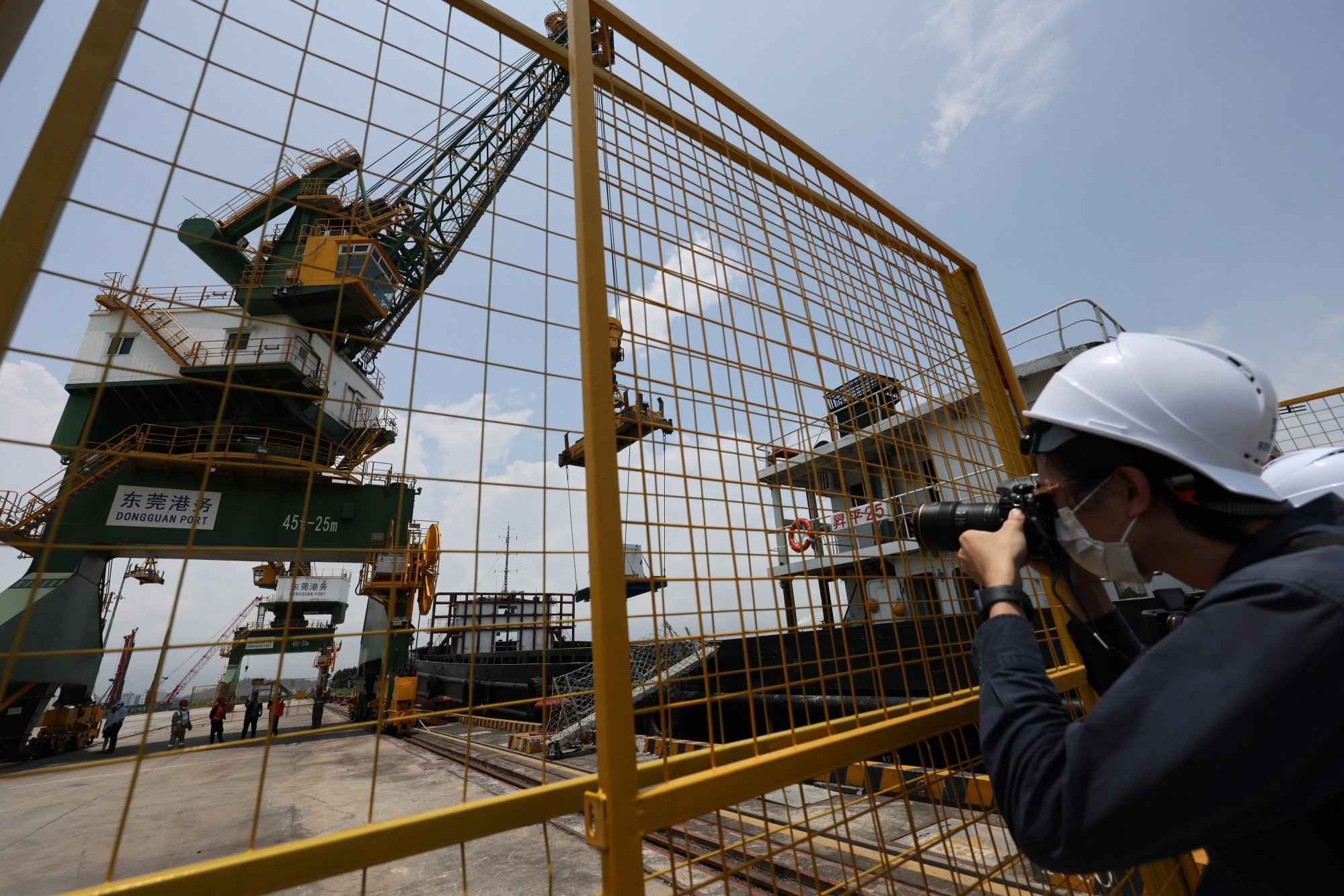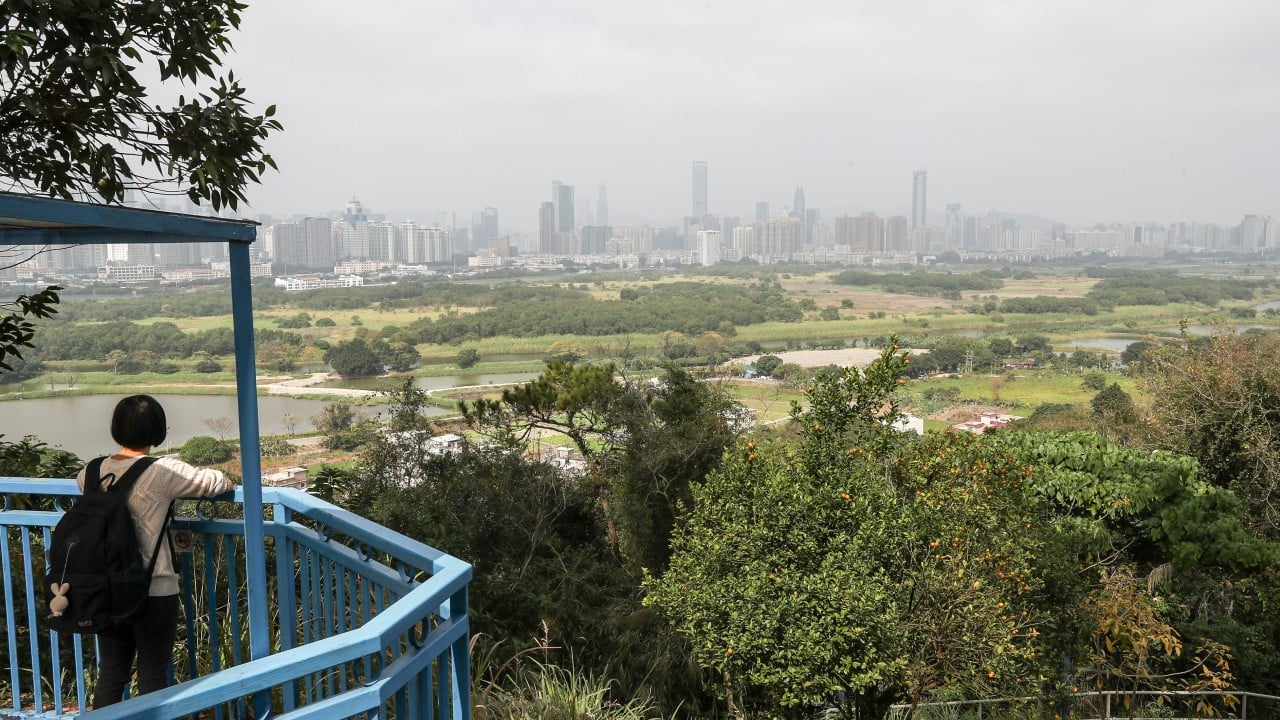National industrial strategies, the subject of intense study and debates in the 1980s in the wake of the phenomenal success of Japan’s industrial economy, have returned to the centre stage of global attention. Much of this stems from the fact that two of the world’s largest economies, the US and China, have focused more on industrial policy.
In August 2022, US President Joe Biden signed into law two pieces of legislation, the Chips and Science Act and the Inflation Reduction Act, which provided billions of dollars of subsidies, loans and tax incentives to revitalise American semiconductor manufacturing and accelerate the country’s green transition.
China has been agonising over the need to enhance productivity, and hence the profit earned from every piece of good produced, ever since it became a manufacturing powerhouse. Why not earn more by making your own smartphones than by making or assembling parts for Apple’s smartphones? China has long strived to move up the technology ladder to generate more socio-economic benefits as well as strengthen national security.
The adoption of “new quality productive forces” has become the centrepiece of China’s economic credo ever since Chinese President Xi Jinping started touting it as the locomotive of high-quality growth in September 2023. The goals are to promote the development of “strategic industries” and the “industries of the future”. In pursuit of these goals, China put together its largest ever investment fund amounting to US$47.5 billion to support the semiconductor industry.
Hong Kong had few incentives to invest in technology or selected industrial sectors when its free-market economic model built upon free trade was working well. But a major shock came during the 1997 Asian financial crisis. By that time, after Hong Kong’s light manufacturing industries had migrated to mainland China, the city had become a predominantly service-oriented economy. When local consumption and regional demand for Hong Kong’s services cratered, the economy nosedived into a recession.
Beijing came to Hong Kong’s rescue in 2003 by sending the city waves of visitors and quality enterprises from the mainland for listing on Hong Kong’s stock exchange. Mainland China enjoyed a prolonged period of unbroken, high-speed growth after joining the World Trade Organization in 2001. Riding on the surge of service demand from the Chinese mainland’s newly prosperous society, there was arguably no need for Hong Kong to relearn how to make anything.

The global financial crisis of 2008 forced Hong Kong to rethink the need to develop new industries, but there was no real effort to re-industrialise or make serious investments in technology. Despite the creation of an Innovation, Technology and Industry Bureau in 2015, scant progress has been made in articulating a comprehensive industrial policy. Billions have been spent since then, but the emergence of new technology-based industries remained a pipe dream.
Mainland China’s service economy, transport infrastructure and technological innovations have improved so much that it has become more competitive than Hong Kong when it comes to providing these services, except for in high-end legal, professional and business sectors.
Faced with an existential need to diversify, the government doubled down on ambitious projects to overcome the key bottlenecks hindering the development of tech-based industries of scale – namely land, funding and talent.

When it comes to land, the government has been embarking on ambitious projects to build science parks on an unprecedented scale. The San Tin Technopole being developed in the Northern Metropolis, together with the Hong Kong-Shenzhen Innovation and Technology Park in the Lok Ma Chau Loop, will produce around 600 hectares of land for tech-based development, much larger than the existing science park in Tai Po.
The government is leaving no stone unturned to produce more land for technological development. A two-hectare formed site at Sandy Ridge, originally earmarked for building a complex of crematorium and columbarium, will be repurposed for use as data centres.
There also plans to turn a 28-hectare site currently used as a sewage treatment plant in Sha Tin into a site for tech development. This area, combined with planned reclamation of 60 hectares of land at Ma Liu Shui, will produce another 88 hectares for tech development.
More land for tech development could be made available if the government follows the example set by the Airport Authority to take advantage of land from mainland cities in the Greater Bay Area development zone for tech development. The Airport Authority’s logistics centre in Dongguan has enabled it to acquire land at a more reasonable price to achieve seamless transfer of goods from the mainland to Hong Kong’s airport.

Chief Executive John Lee Ka-chiu’s administration has set up the Hong Kong Investment Corporation in charge of a HK$62 billion fund (US$7.9 billion), including HK$30 billion earmarked for co-investment in tech enterprises.
More funds will be channelled to tech projects under the New Capital Investment Entrant Scheme, which requires each successful applicant to allocate 10 per cent of the required investment of HK$30 million to tech projects selected by the Hong Kong Investment Corporation.
As for talent, the government has introduced the Top Talent Pass Scheme, and streamlined entry procedures that are making it easier for information and technology professionals to work in Hong Kong.
The current administration has made the boldest and most direct intervention in the economy to jump-start technology-based industries. Resources are being mobilised on an unprecedented scale. Success will depend on whether the markets will pick up the ball and run with it.
Regina Ip Lau Suk-yee is convenor of the Executive Council, a lawmaker and chairwoman of the New People’s Party


